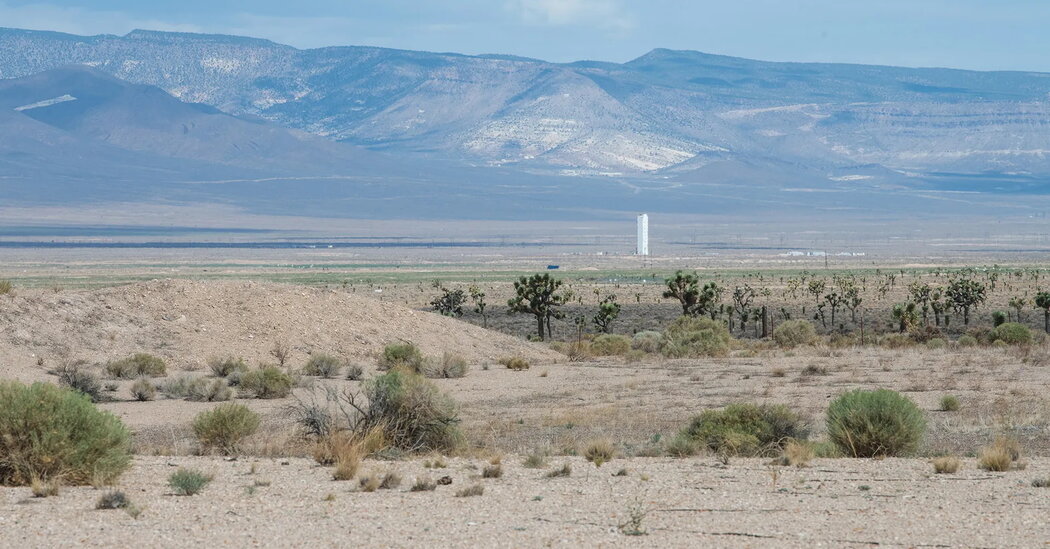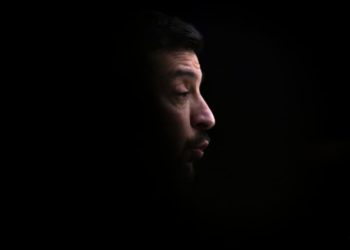President Trump’s threat on Wednesday to restart the testing of nuclear weapons has raised numerous knotty questions about national and global security.
The United States spends tens of billions of dollars every year on its large arsenal of the world’s deadliest weapons and the infrastructure that supports it. Here’s what you need to know about American atomic bombs and the issues involved in whether or not to test them explosively.
How many nuclear bombs does the United States have?
The American arsenal includes roughly 3,700 warheads, with about 1,700 of them currently deployed, according to the Federation of American Scientists. The group, which has long scrutinized the highly classified topic, recently updated its estimates. Nuclear weapons can be carried on warplanes like the B-2 or B-52, launched from missiles in silos on U.S. territory, or heaved from rockets on submarines.
The United States does not have the most nuclear bombs in the world, as Mr. Trump incorrectly stated on Wednesday night. That distinction belongs to the Russian Federation.
Washington is deep into a modernization program that seeks to replace every warhead with an updated version and to upgrade their carriers. The overall cost of the sprawling program over three decades is estimated at $1.7 trillion.
Does anyone actually know that an atom bomb can work?
The same logic that applies to cars — lots of maintenance and testing, even for old models — suggests that the world’s nuclear powers have much confidence that their weapons will work, if needed. The weapons are seen as igniting at the flip of a switch. Currently, the United States spends roughly $25 billion a year on nuclear weapons upkeep, a program it calls stockpile stewardship.
Washington’s program of weapon upkeep does not rely on explosive tests. Instead, it includes hundreds of machines and devices and many thousands of workers and scientists. The devices include room-size supercomputers, the world’s most powerful X-ray machine and a laser system the size of a sports stadium. No other nation possesses such an extensive array of tools for the nonnuclear testing of nuclear weapons.
Currently, the complex of facilities employs 65,500 people at eight main sites from coast to coast. Just at Los Alamos National Laboratory in New Mexico, the birthplace of the atomic bomb, the total work force has grown by 50 percent since 2018, to nearly 18,000.
When was the last time the U.S. tested a nuclear weapon?
The last underground explosive blast at the Nevada Test Site occurred on Sept. 23, 1992. Its power was reportedly quite small — a third of the Hiroshima bomb’s — and no public information seems to exist on the test’s purpose.
That same year, at the Cold War’s end, the United States voluntarily gave up the explosive testing of nuclear arms and eventually talked other atomic powers into doing likewise.
Then, in 1993, President Bill Clinton announced plans for a treaty in which all nations would forgo all nuclear blasts. This meant banning tests even underground, the last permissible zone.
Although the 1996 test-ban treaty never officially went into force, it created a global norm. The long, hard process of hammering out a global consensus on the merits of a ban, embraced by all the thermonuclear states at the time, led to a more stable era. Gone were the shock waves that had regularly radiated from underground test sites and ricocheted around the globe.
Since then, the United States, Russia, China, Britain and France have tested no weapons.
When could the U.S. test a nuclear bomb again?
The nation’s nuclear test site is a desolate expanse of the Nevada desert bigger than the state of Rhode Island. Nuclear experts see great difficulty in preparing it for new underground tests because much of the key equipment at the sprawling site has fallen into disrepair or been lost.
Nonetheless, a 2013 document from the Energy Department, which oversees the nation’s nuclear arsenal, stated that “a very limited test to signal the readiness of the U.S. nuclear deterrent or to respond to another nation’s test could be conducted in six to 10 months.”
Will a lack of testing hold back the U.S. nuclear arsenal?
Top U.S. officials say new bomb designs are already in development without underground tests. Also, the directors of the national labs in charge of the arsenal have repeatedly testified to Congress that the United States has no need to return to nuclear detonations.
In 2022, the Biden administration announced plans to make the first new warhead since the Cold War — an update that White House officials said was long overdue for safety reasons. The weapon, for submarine missiles, is a small part of the gargantuan overhaul of the nation’s complex of atomic bases, plants, bombers, submarines and land-based missiles.
The new warhead, known as the W93, is thermonuclear. That means a small atom bomb at its core acts as a match to ignite the weapon’s hydrogen fuel, which can produce blasts a thousand times as strong as the Hiroshima bomb.
What are other reasons some experts want to test atomic bombs?
To intimidate rivals.
During the Cold War, explosive tests were an element of the psychological and political warfare, especially between Moscow and Washington. The shock waves that radiated from underground test sites let any nation with a seismometer know what might happen if the testing power decided to launch an attack with the world’s deadliest weapons.
Nowadays, a Vienna-based U.N. organization, the Comprehensive Nuclear-Test-Ban Treaty Organization, runs the world’s largest and most sensitive network for listening to the faint echoes of nuclear blasts. The global network of more than 100 monitoring stations sifts through the seismic din of earthquakes and volcanic eruptions for telltale signs of nuclear detonations.
William J. Broad has reported on science at The Times since 1983. He is based in New York.
The post Testing America’s Nuclear Bombs: What to Know appeared first on New York Times.




